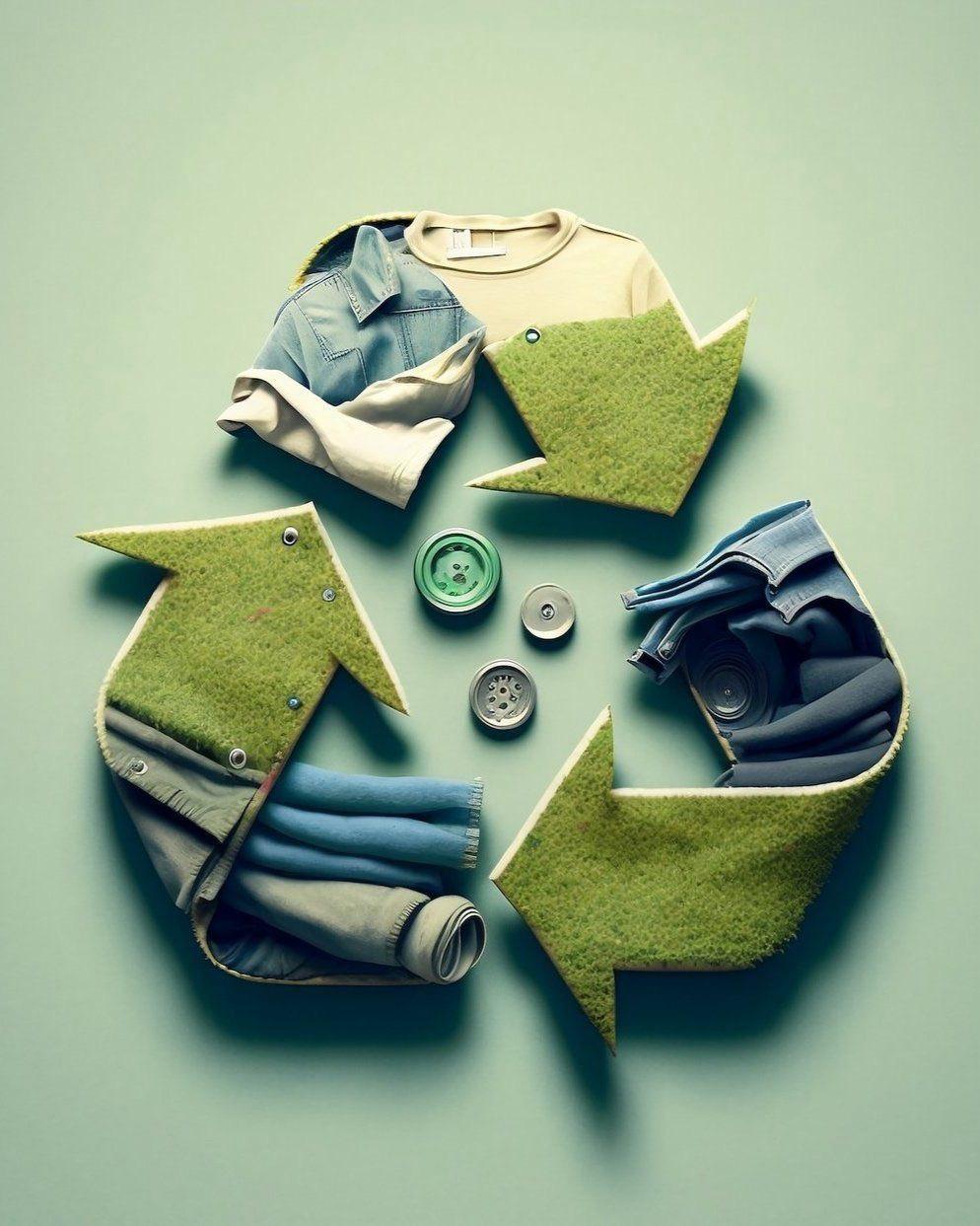Technical fabrics and sustainability: The path to a greener future in the orthopaedic textile industry
Sustainability has become one of the great priorities of the twenty-first century, transforming the way industries produce, innovate and relate to the environment. The Catalan textile industry, historically noted for its high environmental impact, is no stranger to this transformation. And within this, the technical fabrics sector, especially in orthopaedic applications, plays a key role in building a greener future.
The importance of sustainability in the textile industry
For decades, the Catalan textile industry has been one of the most intensive in the use of water, energy and chemicals. From fiber production to dyeing and finishing processes, each stage can generate a considerable environmental footprint. Added to this is the generation of waste and the low recyclability of many traditional textile products.
Today, social pressure, regulatory demands and increased awareness on the part of consumers and manufacturers are driving a structural shift towards more sustainable practices. Companies are no longer only looking to offer quality and functionality, but also to minimise their environmental impact, adapting to a more circular and responsible economy.
What are sustainable technical fabrics?
Technical fabrics are materials designed to fulfill specific functions, such as support, protection or compression, beyond aesthetics. In sectors such as orthopedics, its function is vital for the comfort and recovery of patients. But what makes them sustainable?
- Recycled fabrics, thus reducing dependence on virgin materials and encouraging recycling.
- Biodegradable materials, which decompose naturally without leaving polluting residues.
- Eco-friendly dyes and processes, dyeing methods that require less water and use dyes without toxic substances, reducing wastewater pollution.
At Artesana de Clofent Teixits Tècnics, these sustainable practices are part of its historical commitment to quality and respect for the environment.
The impact of sustainability on orthopaedic fabrics
In the orthopaedic field, sustainability not only improves the environmental impact, but also the quality and traceability of the final product:
- Waste reduction: The efficient design and optimization of processes allow orthoses and supports to be manufactured with less material, generating less leftovers and waste.
- Fair working conditions: Choosing ethical and certified suppliers ensures not only sustainable materials, but also responsible labor practices throughout the supply chain. Check the certifications of Artesana de Clofent.
- Durability and life cycle: Quality technical fabrics extend the lifespan of orthopedic products, reducing the need for frequent replacements and therefore resource consumption.
Trends and advances in sustainable technical fabrics
Innovation sets the pace in the development of sustainable fabrics. Some notable trends include:
- High-performance natural fibers, which combine sustainability with technical properties, such as resistance, elasticity, breathability or antibacterial capacity.
- Biodegradable nanotechnology, applied to improve breathability, resistance and antimicrobial properties without resorting to aggressive chemical treatments.
A good example of this approach is the range of technical fabrics by Artesana de Clofent, where technology and sustainability are combined to offer solutions adapted to the most demanding needs.
The future of technical fabrics is, without a doubt, greener. As sustainability becomes a priority, the Catalan textile industry is adopting more environmentally friendly materials and processes. This transition not only benefits the planet, but also patients, who benefit from safer, more durable and responsible products.
